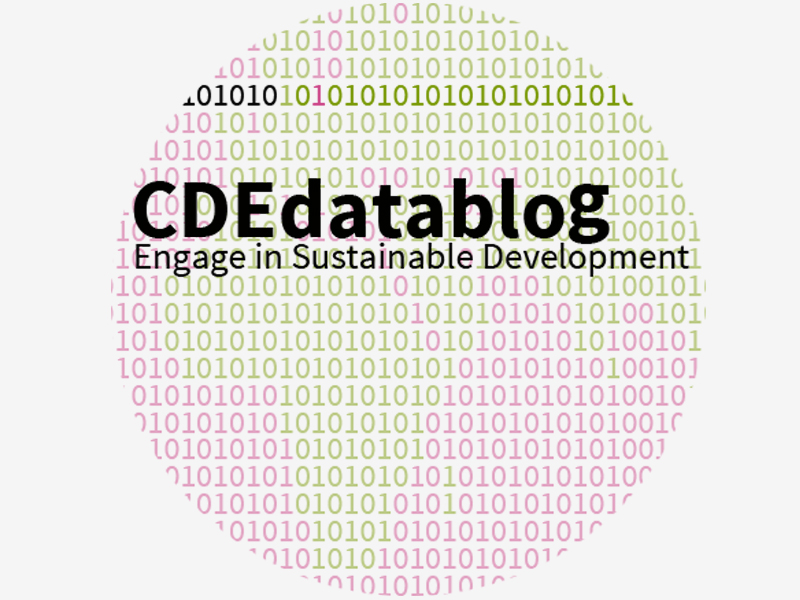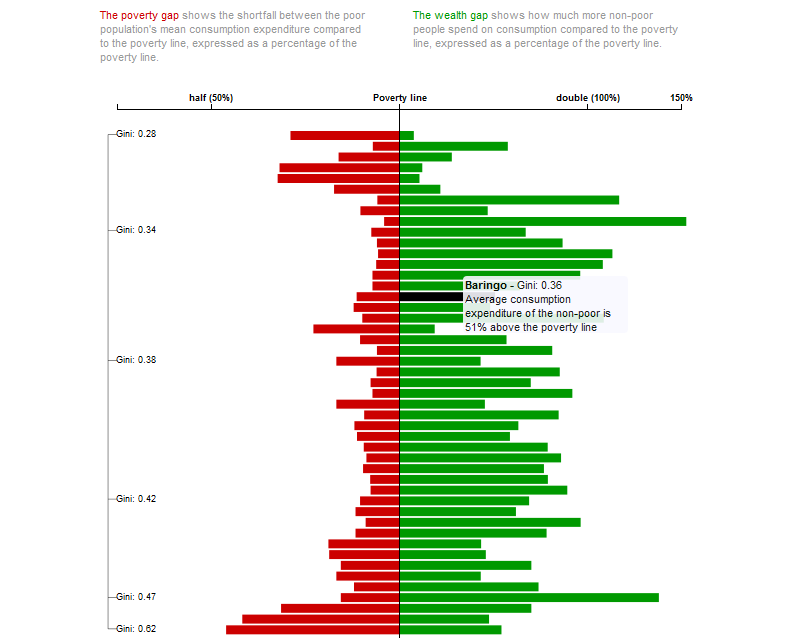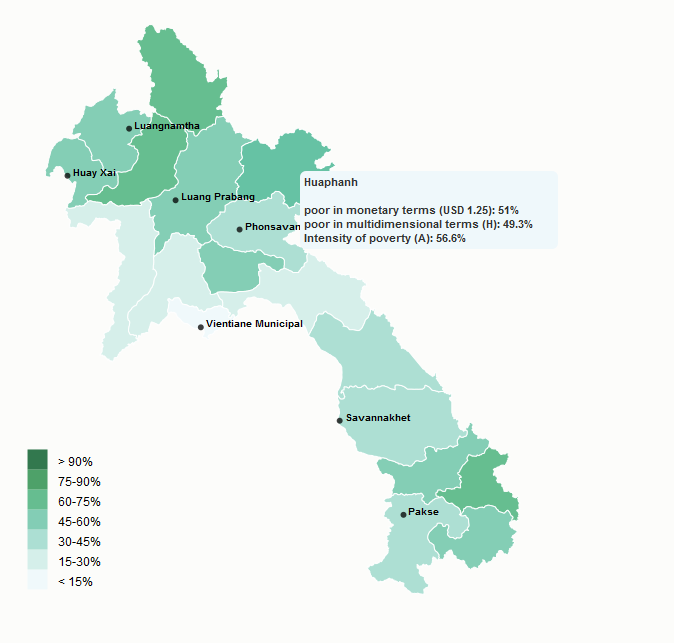How poor are the poor in Laos? A different perspective on poverty – Part 2
Imagine you have 10 dollars a day, but you have no drinking water, no access to education nor to health services – according to today’s poverty measures you are not poor. That’s why we need new poverty measures to capture the multidimensionality of poverty. We provide a multidimensional poverty measure for Laos to reveal how people are poor.
The way we define poverty has changed
At the Sustainable Development Summit on 25-27 September 2015, the UN adopted the new sustainable development agenda that includes a goal to end poverty in all its forms everywhere. Through this new goal, it is officialy recognised that poverty is more than a lack of money.
We calculated a Multidimensional Poverty Index (MPI) for Laos which allows to analyse the contribution of each indicator to overall poverty thus makes possible to identify poverty profiles for e.g. regions, provinces or population subgroups.
By identifying how and where people are poor, this measure can help goverments to allocate resources and informed decision-making for poverty reduction policies. Bader et al. 2015 analysed the relative indicator contributions to the MPI for Laos and found that nutrition was the largest contributor to aggregate multidimensional poverty in 2008.
However, disaggregating the findings on province level shows that there are significant differences between provinces. Eye-catching are the differences in deprivation rates for the nutrition indicator e.g. between more urban provinces like Vientiane Municipal and more rural such as the northern most province of Phongsaly. According to the World Food Programme report on food security in Laos 2008, people in urban areas face a significant risk of a shock to their household’s food security resulting from higher food prices (e.g. the world food crisis 2007–2008); one reason for this is that they tend to produce less of their own food (net food buyers).
The official monetary measure cannot reproduce such dynamics but with our multidimensional poverty measure we can show that the same provinces which reduced the proportion of people living below USD 1.25 face an increase in the nutrition indicator. Thus development strategies such as market-led development through e.g. large-scale plantations must be evaluated with a broader focus on poverty e.g. a multidimensional poverty measure.
“Measures are like eyes – they help us to see things. They bring matters into focus. […] The MPI identifies people who are poor because of gaps in infrastructre and social services even where people are not income poor as in the case in some of our remotest areas. They maybe living in remote areas but because of a price of a very valuable cash crop people may not be income poor but otherwise they are still poor.”
PM of Bhutan, Tshering Tobgay, at UN High level meeting 27.09.2015
- A paper on multidimensional poverty in the Lao PDR in Social Indicators Research: Bader et al. 2015: A Different Perspective on Poverty in Lao PDR: Multidimensional Poverty in Lao PDR for the Years 2002/2003 and 2007/2008
- Working Paper from the Oxford Poverty and Human Development Institute (OPHI) on the methodology of the MPI: Alkire and Santos 2010: Acute Multidimensional Poverty: A New Index for Developing Countries





